SHIKOKU – KAGAWA – EHIME – KOCHI – TOKUSHIMA
Shikoku is blessed with verdant nature thanks to the Seto Inland Sea, which provides the perfect climate for many plant species. Each passing season on the island finds a new flower in bloom, and visitors can enjoy myriad types of flora on their visit, not the least of which is the ever-popular sakura cherry blossom.
1. How to Go

Shikoku can be reached from the following major train stations and local airports, choose your mode of transportation from your major city.

Transportation for O-henrosan includes buses, bicycles, and special taxis. Considering fitness level and overall health is important when choosing how to do the pilgrimage, and while many O-henrosan do walk the whole thing, many others still use a combination of transport styles. The important thing is the journey itself, not necessarily how it is taken.

2. KAGAWA
2.1. Ritsurin Garden Park|栗林公園
Ritsurin Garden is the largest Cultural Property Garden in all of Japan, and is an important cultural asset that has been maintained for nearly 400 years. Originally created in the Edo period for the daimyo (feudal lord), the garden features six ponds and thirteen landscaped hills in front of the green vista of Mt. Shiun, along with stunning rock arrangements and a wide variety of beautiful plants. The garden was designed to be leisurely strolled through, and each step offers a new perspective on the garden’s scenery. Passed down through the generations, Ritsurin Garden is truly an invaluable cultural treasure.
| Address | 1-20-16 Ritsurin-cho, Takamatsu, Kagawa 760-0073 |
|---|---|
| Hours | (December , January) 7:00 am – 5:00 pm (February) 7:00 am – 5:30pm (March) 6:30 am – 6:00 pm (April , May , September) 5:30 am – 6:30 pm (June , July , August) 5:30 am – 7:00 pm (October) 6:00 am – 5:30 pm (November) 6:30 am – 5:00 pm |
| Closed | Open all year round |
| Admission Fee | ¥410 / Adult (Group of 20 or more: ¥320) ¥170 / Child (Group of 20 or more: ¥140) |
| Free Wi-Fi | Yes |
2.2. Chichibugahama|父母ヶ浜
Chichibugahama is a beautiful, 1km-long stretch of beach located in Mitoyo City. Perhaps you have heard of the famous Salar de Uyuni salt flats in Bolivia; this world-famous photo spot is known for its seamless reflection of the sky after rainwater collects in the low-lying flat, creating a natural mirror for many kilometers.
Chichibugahama also happens to be the home of a similar “sky mirror” phenomenon. Called the “Heavenly Mirror of the Seto Inland Sea”, the low tide on windless days creates the perfect place to take a once-in-a-lifetime photo.
| Address | 203-3 , Nio otsu, Nio-cho, Mitoyo, Kagawa 769-1404 |
|---|---|
| Best Season | Spring / Summer / Autumn |
2.3. Kotohiragu|金刀比羅宮
This is a popular shrine, commonly known as Konpira-san. There is an extremely long staircase, consisting of 1,368 steps. At the bottom, there are cafes, teahouses, souvenir shops, udon shops and many other in this lively area. You can rent a walking stick and go for a stroll, or take a ride in a ‘kago’ palanquin and enjoy the sights as you are carried around. When you have ascended the staircase to the mid-way point (785 steps), you will find the Hongu, the center of the shrine. There are many gods housed here, including the gods of agriculture, livestock, medicine and marine safety.
| Address | 892-1 Kotohira-cho, Nakatado-gun, 766-8501 Kagawa |
|---|---|
| Closed | Open all year round |
| Admission Fee | Free |
| Free Wi-Fi | Yes |
2.4. Marugame Castle|丸亀城

| Address | Ichibancho, Marugame, 763-0025 Kagawa |
|---|---|
| Hours | 9:00 am – 4:30 pm |
| Closed | Open all year round |
| Admission Fee | ¥200 / Adult (Group of 20 or more: ¥160) ¥100 / Child (Group of 20 or more: ¥80) |
2.5. Kagawa Prefecture Museum|香川県立ミュージアム
| Address | 5-5 Tamamocho, Takamatsu, 760-0030 Kagawa |
|---|---|
| Hours | 9:00 am – 5:00 pm |
| Closed | Monday ※If Monday is a holiday, the facility is closed the next day ※New Years holiday (26 December – 1 January) |
| Admission Fee | Free ※Entrance fee for permanent exhibition (410 JPY) |
| Free Wi-Fi | Yes |
| Best Season | Spring / Autumn / Winter |
2.6. Sanuki Manno National Park|国営讃岐まんのう公園
Sanuki Mannou Park is Shikoku’s only state-run park with total area of 3.5㎢ and is a park filled with seasonally blooming flowers. The mascot is the dragon that represents the Dragon God that according to legend lives in the reservoir. Inside the park there is a huge man-made waterfall. There is also a forest where bamboo shoots and mushrooms are cultivated, a hill with seasonal flowers, cycling course and a center where you can do various hands-on activities. You can even enjoy nature at several spots, including the eco-park and the camping site.
| Address | 4243-12 Yoshino, Manno-cho, Nakatado-gun, 766-0023 Kagawa |
|---|---|
| Hours | (1 Mar – 19 Jul) 9:30 am – 5:00 pm (20 Jul – 31 Aug) 9:30 am – 6:00 pm (1 Sep – 31 Oct) 9:30 am – 5:00 pm (1 Nov – 28 Feb) 9:30 am – 4:30 pm |
| Closed | ・Tuesday *If Tuesday falls on a public holiday, closed on Wednesday. ・29 – 31 December ・Fourth Wednesday – Friday of December |
| Admission Fee | ¥450 / Adult (Group of 20 or more: ¥290) Free / Child |
| Free Wi-Fi | Yes |
2.7. Angel Road|エンジェルロード

| Address | Ginpaura, Tonosho-cho, Shozu-gun, Kagawa 761-4121 |
|---|
2.8. Shodoshima Olive Park|小豆島オリーブ公園
| Address | 1941-1 Nishimurako, Shodoshima-cho, Shozu-gun, 761-4434 Kagawa |
|---|---|
| Hours | 8:30 am – 5:00 pm |
| Closed | Open all year round |
| Admission Fee | Free |
| Free Wi-Fi | Yes |
3. EHIME
3.1. Matsuyama Castle|松山城

| Address | 3-2-46 Okaido, Matsuyama 790-0004 Ehime |
|---|---|
| Hours | (Febrary – July) 9:00 am – 5:00 pm (August) 9:00 am – 5:30 pm (September – November) 9:00 am – 5:00 pm (December – January) 9:00 am – 5:30 pm |
| Closed | December third Wednesday |
| Admission Fee | ¥520 / Adult (Group of 25 or more: ¥470) ¥160 / Child (Group of 25 or more: ¥150) |
| Free Wi-Fi | Yes |
3.2. Uchikoza|内子座

| Address | 2102 Uchiko, Uchiko-cho, Kita-gun 791-3301 Ehime |
|---|---|
| Hours | 9:00 am – 4:30 pm |
| Closed | New Year Holiday (29 Dec – 2 Jan) |
| Admission Fee | ¥400 / Adult (Group of 20 or more: ¥300) ¥200 / Child (Group of 20 or more: ¥160) |
3.3. Dōgo Onsen|道後温泉

| Address | 5-6 Yuno-cho, Matsuyama , Ehime 790-0842 |
|---|---|
| Closed | Open all year round ※Closed temporally for cleaning for a day in early December |
3.4. Nanraku-en|南楽園
| Address | 1813, Tsushimacho ko, Chikaie, Uwajima, 798-3303 Ehime |
|---|---|
| Hours | 9:00 am – 5:00 pm |
| Closed | New Year Holiday (29 Dec – 1 Jan) |
| Admission Fee | ¥300 / Adult (Group of 20 or more: ¥240) ¥150 / Child |
4. KOCHI
4.1. Kochi Castle|高知城

| Address | 1-2-1 Marunouchi, Kochi 780-0850 Kochi |
|---|---|
| Hours | 9:00 am – 5:00 pm |
| Closed | 26 December – 1 January |
| Admission Fee | ¥420 / Adult (Group of 20 or more: ¥330) Free / Child |
4.2. Muroto-misaki|室戸岬
| Address | Muroto, 781-7109 Kochi |
|---|
5. TOKUSHIMA
5.1. Uzu-no-michi|渦の道
| Address | Narutocho (in Naruto Park), Naruto, 772-0053 Tokushima |
|---|---|
| Hours | (March – September) 9:00 am – 6:00 pm (Golden Week and Summer Vacation) 8:00 am – 7:00 pm (October – February) 9:00 am – 5:00 pm |
| Closed | (March, June, September, December ) Second Monday of the month |
| Admission Fee | ¥510 / Adult (Group of 20 or more: ¥410) ¥250 / Child (Group of 20 or more: ¥200) |
5.2. Aizumicho Historical Museum|藍住町歴史館 藍の館
| Address | 172 Aza Maezunishi, Tokumei, Aizumi-cho, Itano-gun 771-1212 Tokushima |
|---|---|
| Hours | 9:00 am – 5:00 pm |
| Closed | ・Tuesday ※If Tuesday falls on a public holiday, facility is open ・28 December – 1 January |
| Admission Fee | ¥300 / Adult ¥150 / Child |
5.3. Awaodori Kaikan|阿波踊り会館

| Address | 2-20 Shimmachibashi, Tokushima, 770-0904 Tokushima |
|---|---|
| Hours | 9:00 am – 9:00 pm |
| Closed | (February, June October) Second Wednesday of the month ※If Wednesday falls on a national holiday, closed the following day ・December 28 – January 1 |
| Price | ¥800 / Adult ¥400 / Child ——20:00—— ¥1,000 / Adult ¥500 / Child |
|---|---|
| Operation Hours | 11:00 / 14:00 / 15:00 / 16:00 / 20:00 |
| Duration | 60 Minute(s) |
by Shikoku guide



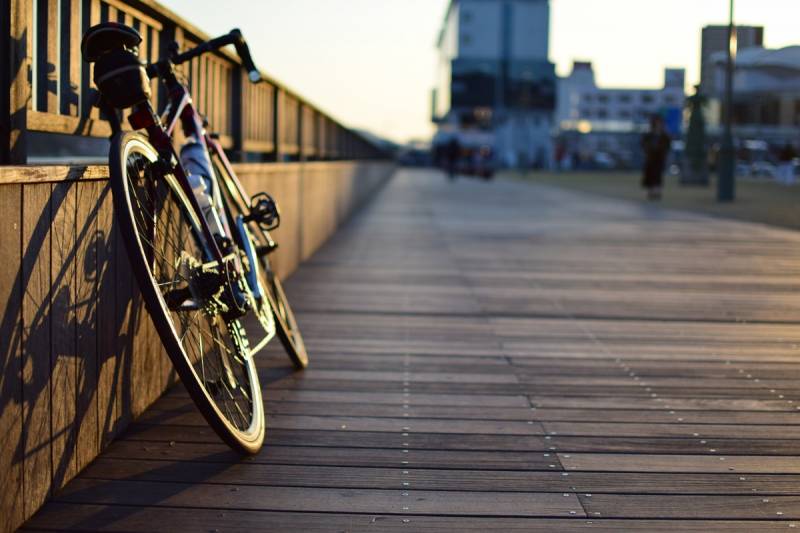
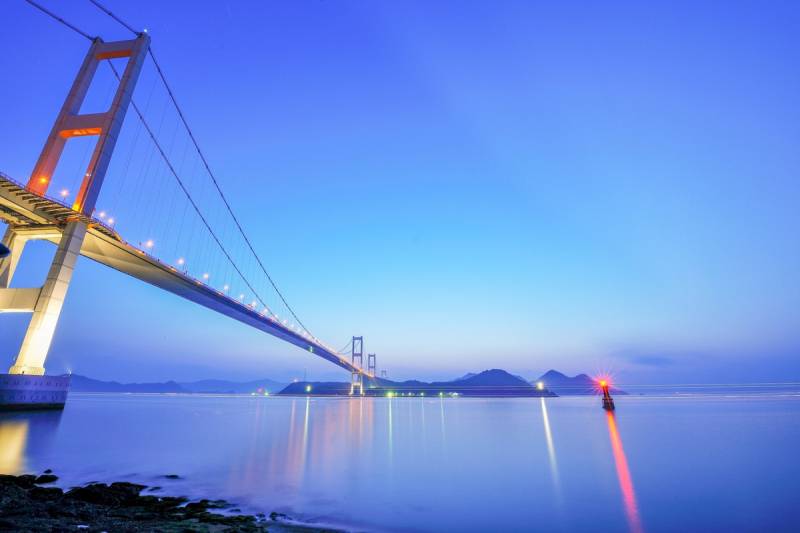
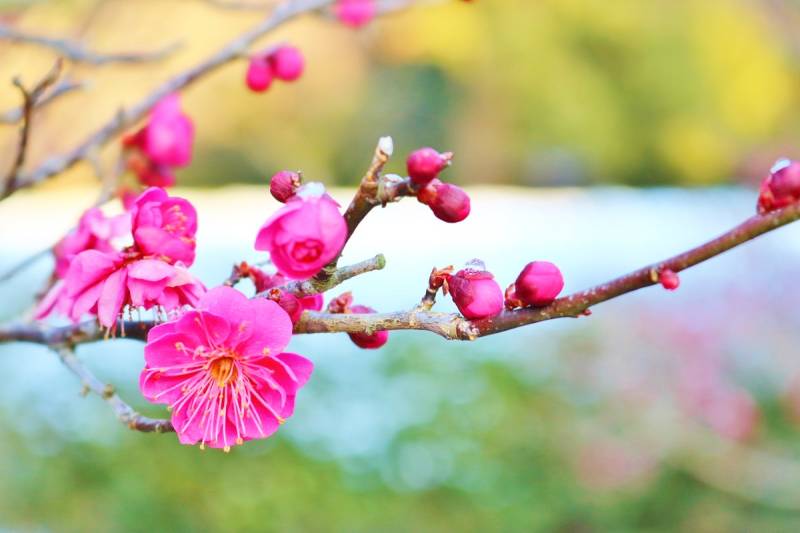

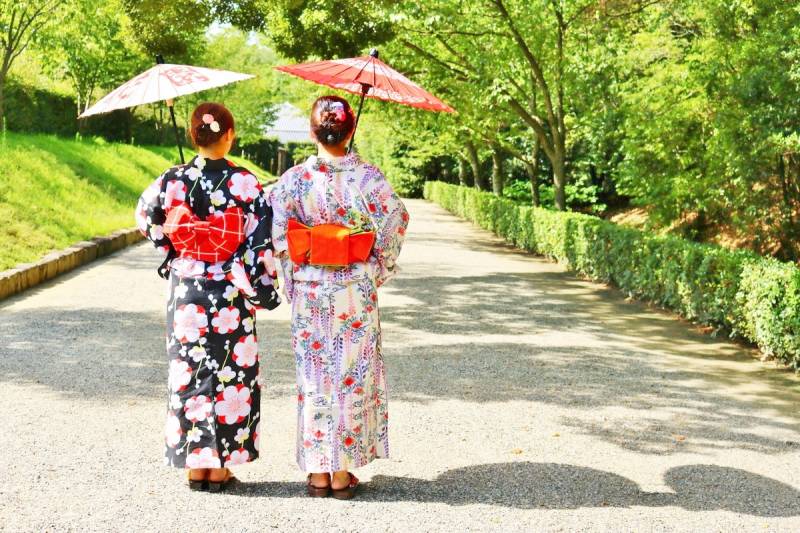
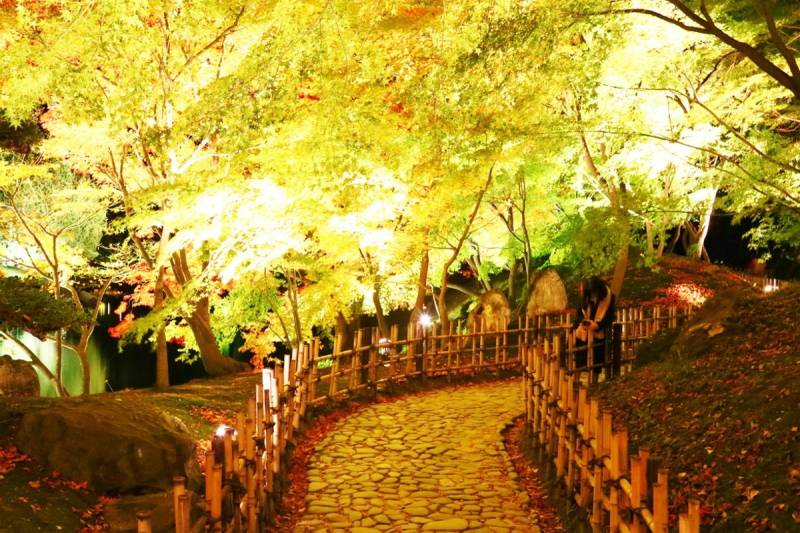
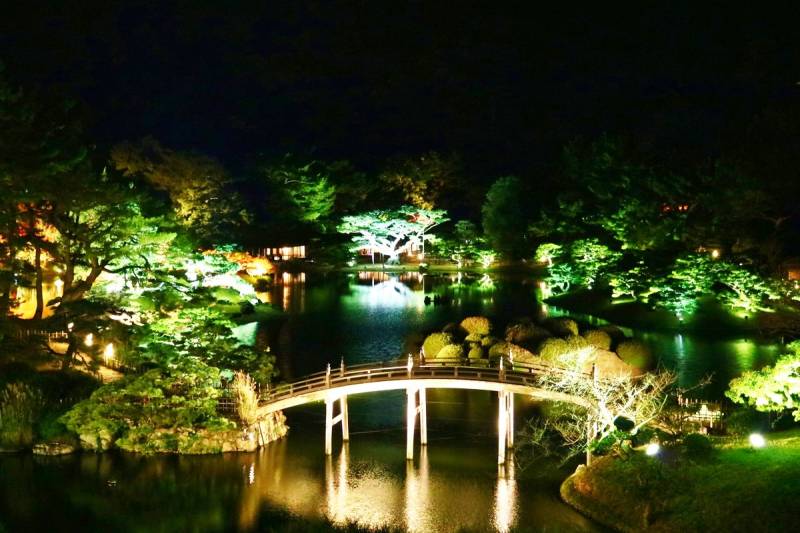
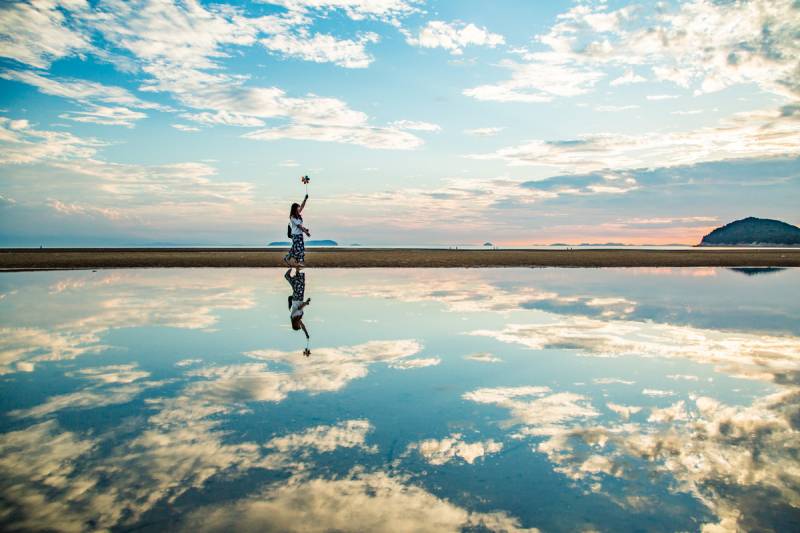

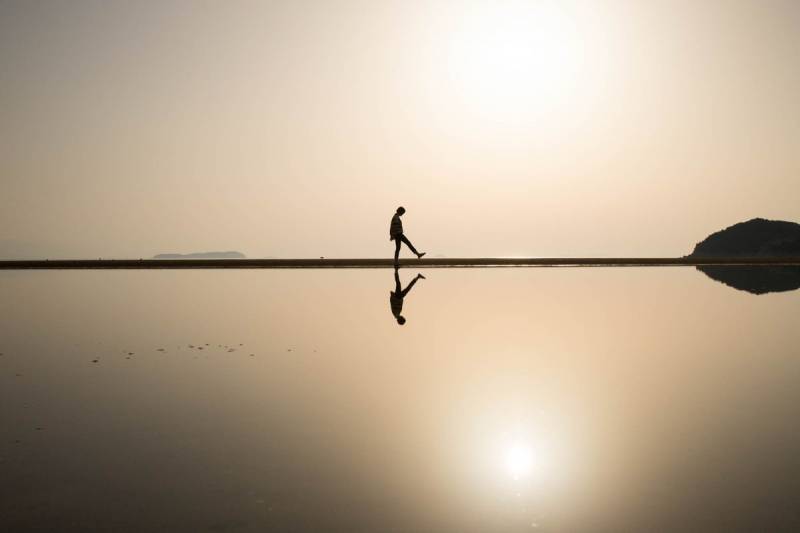
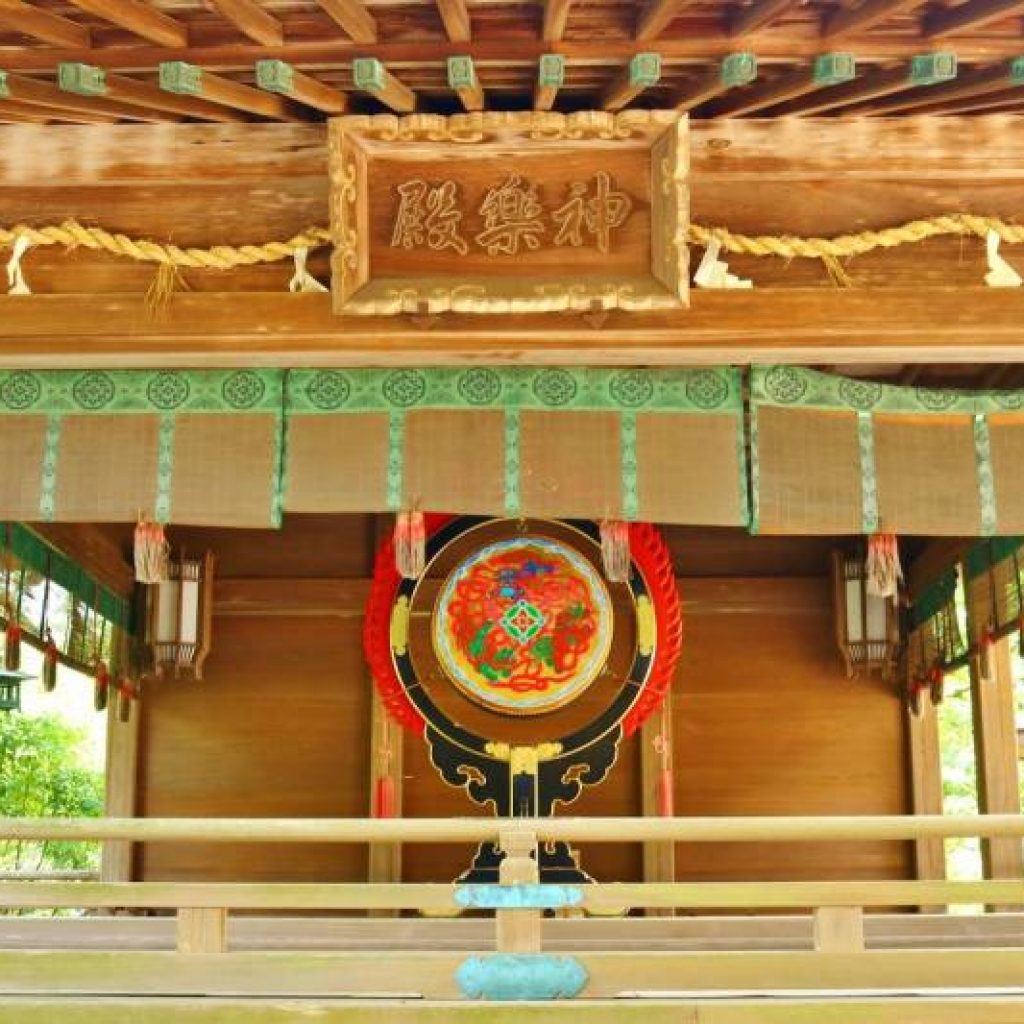
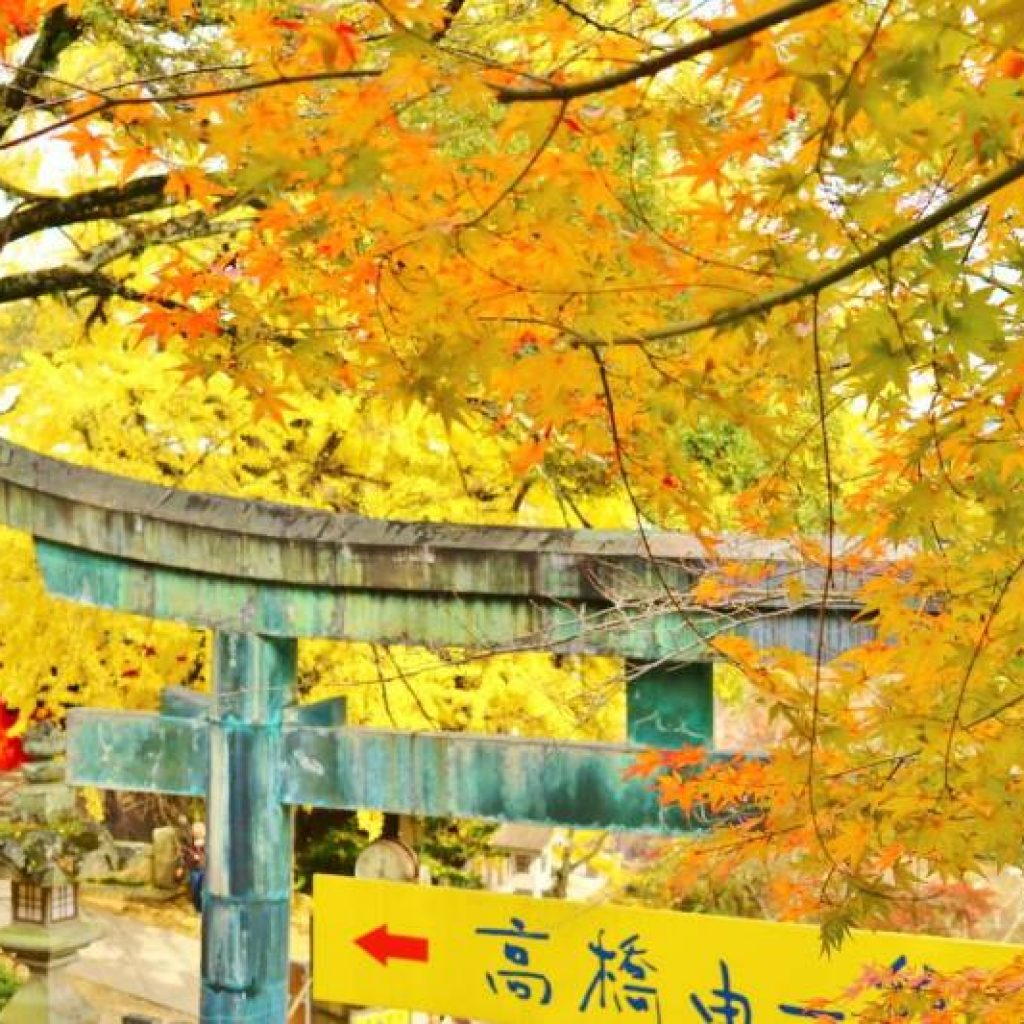
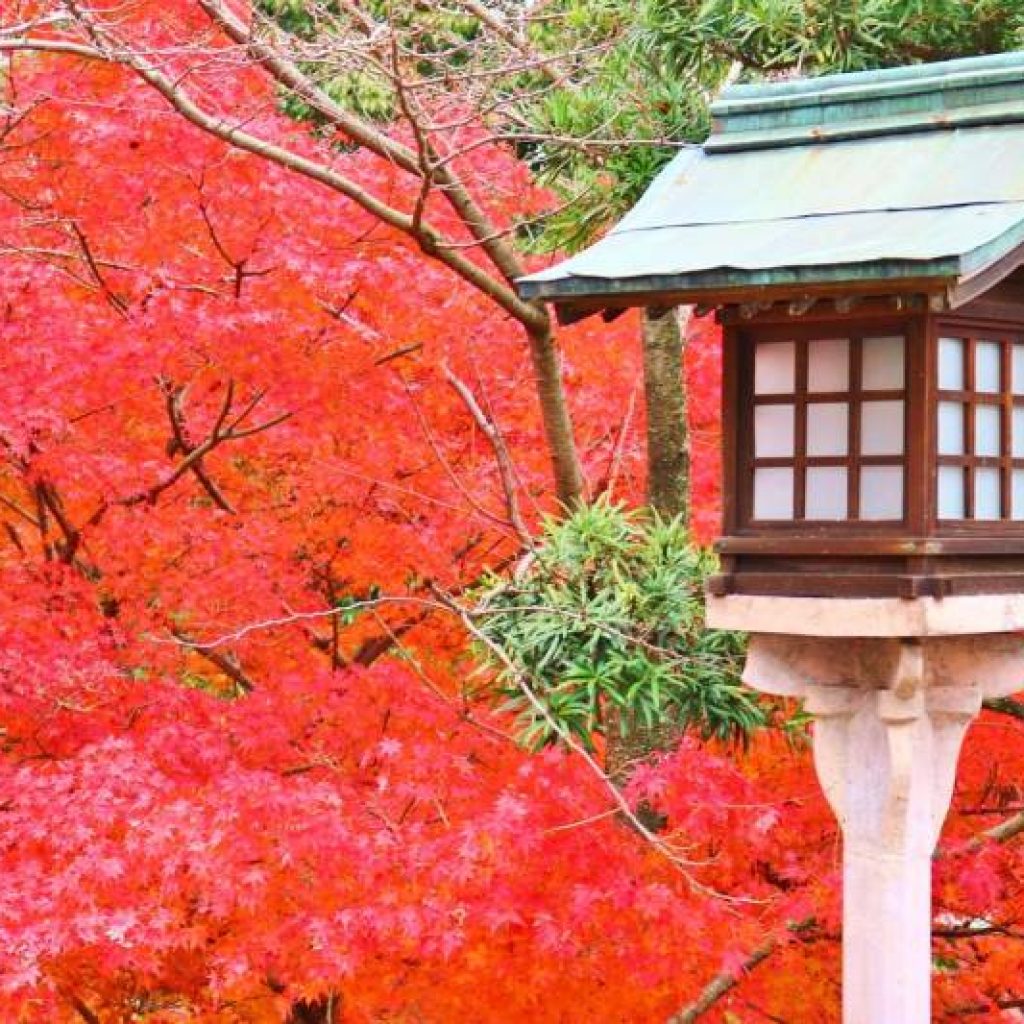
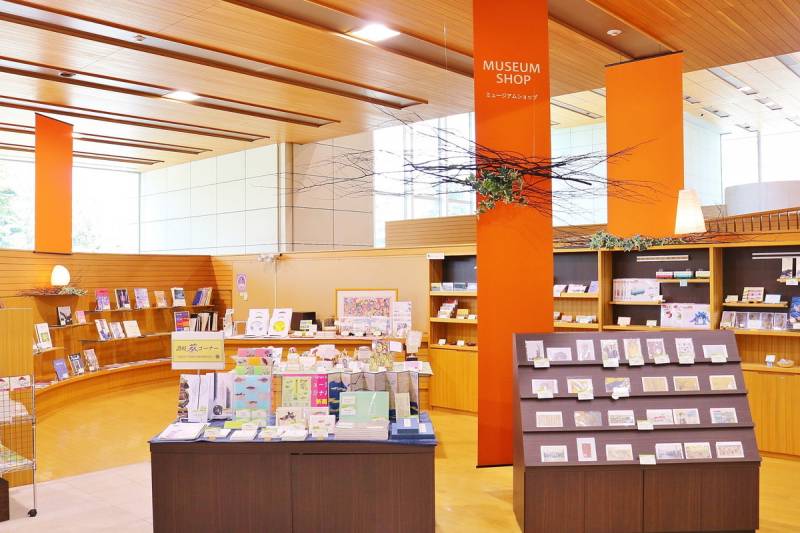

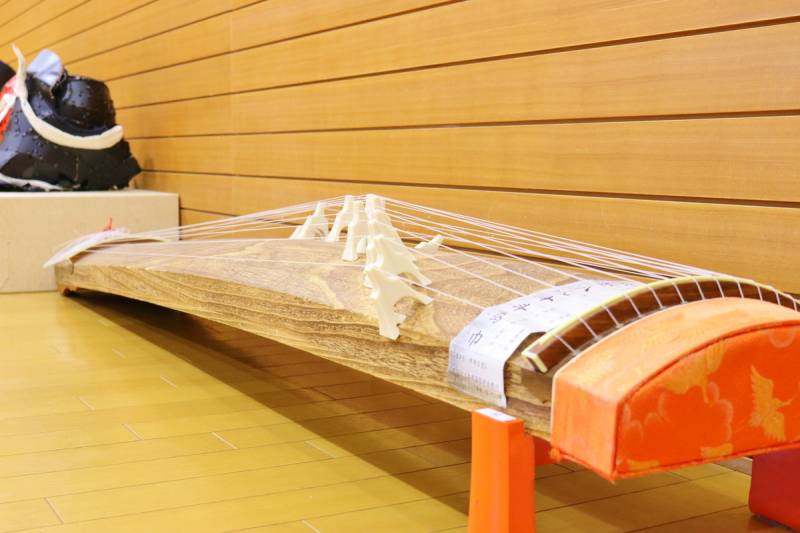
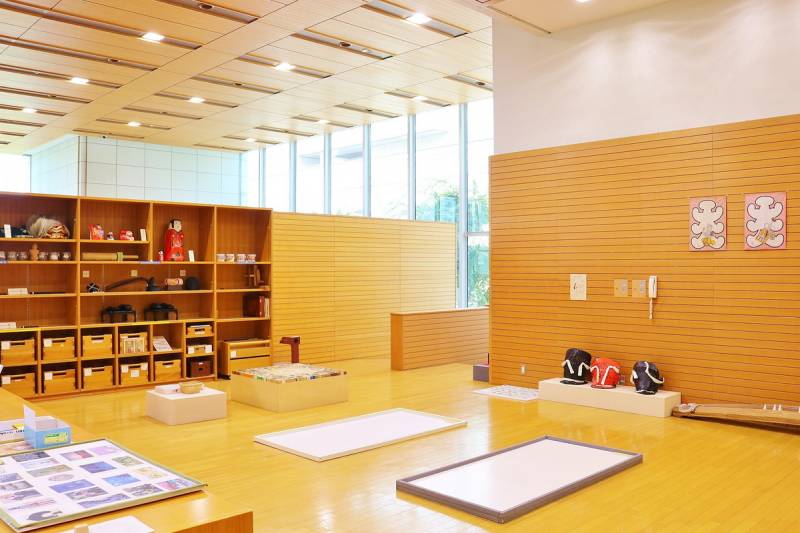
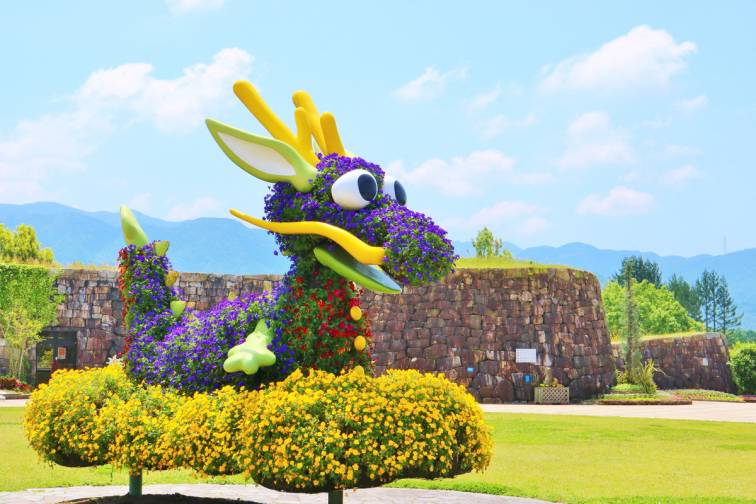
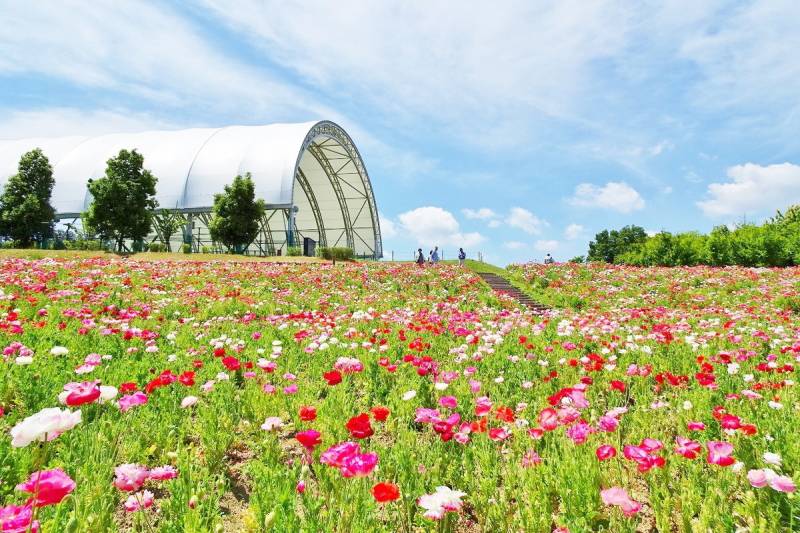
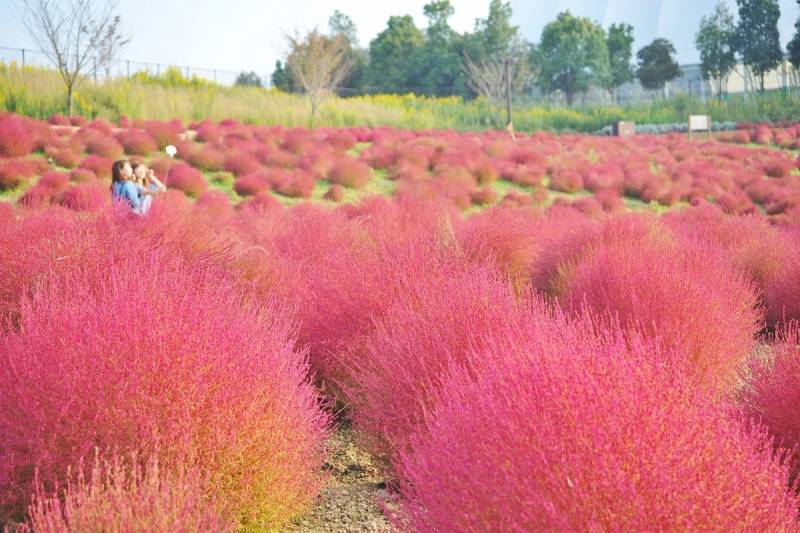
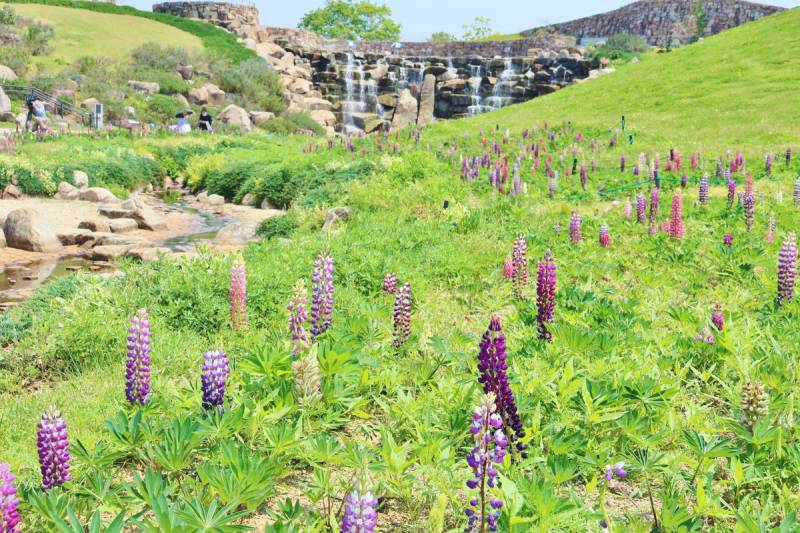
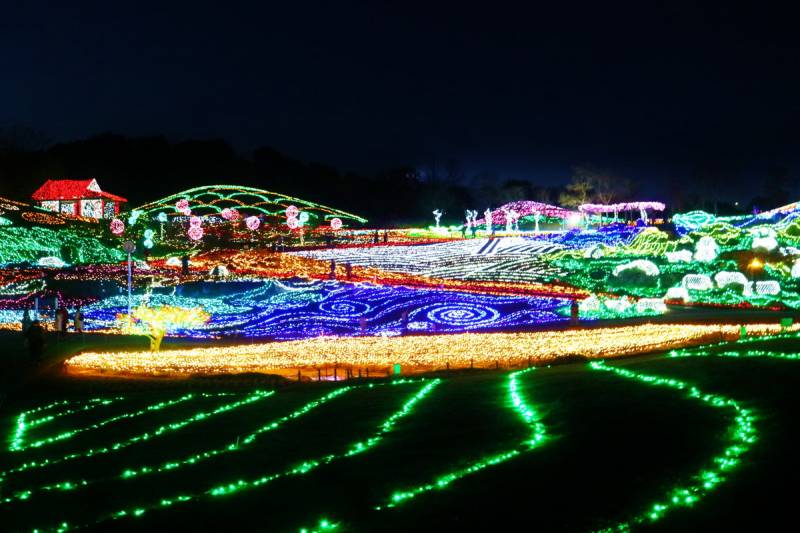
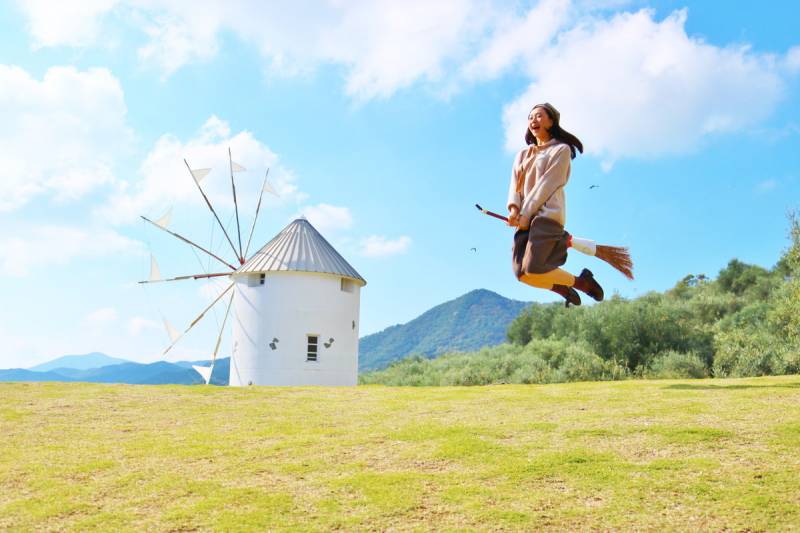

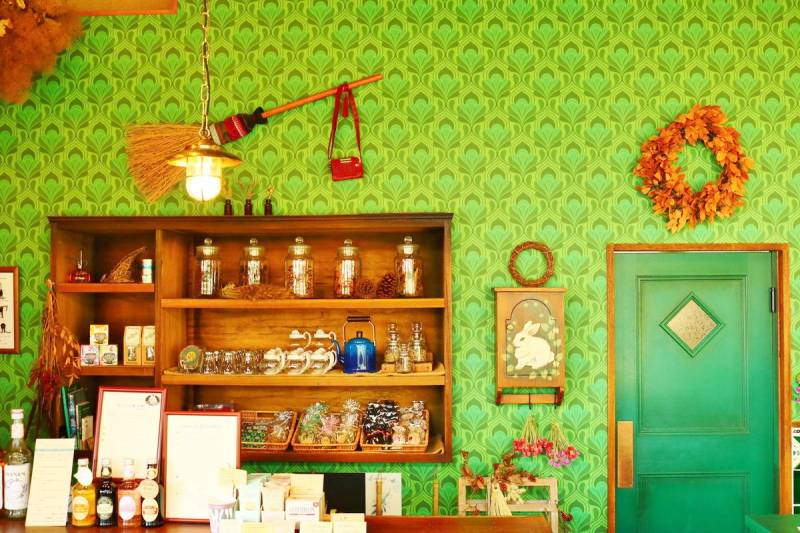


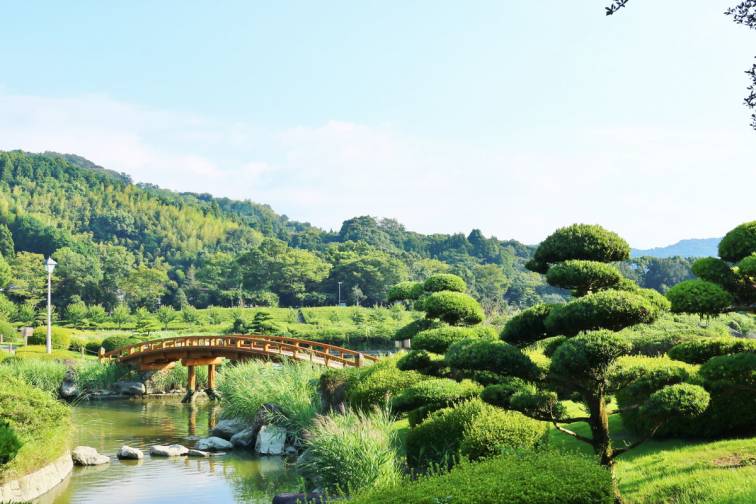
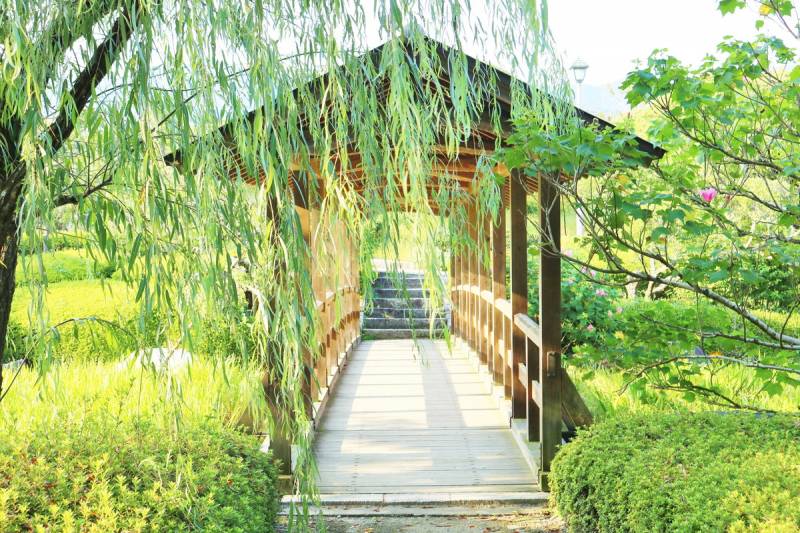


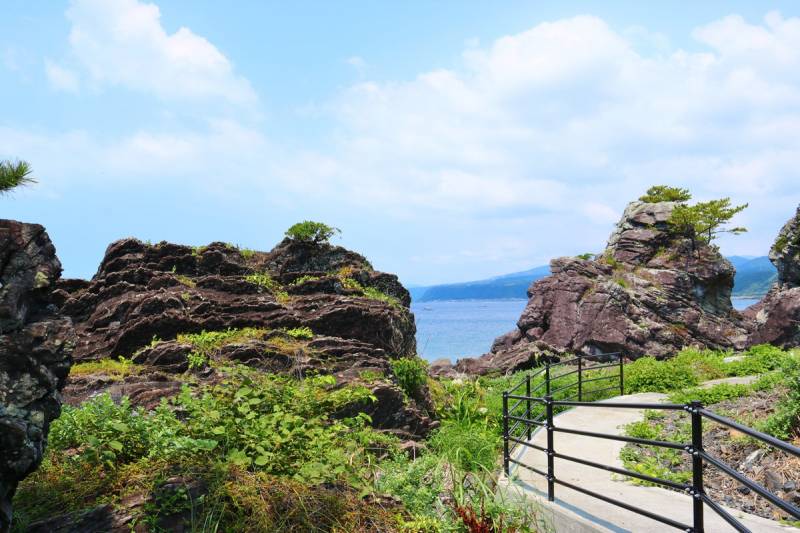
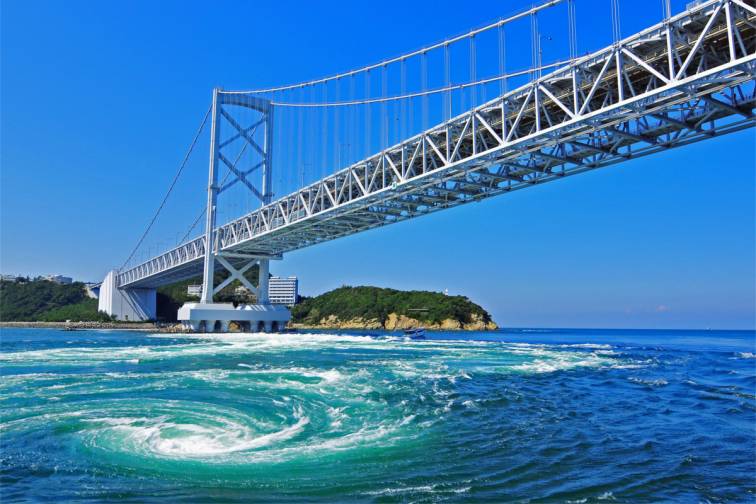
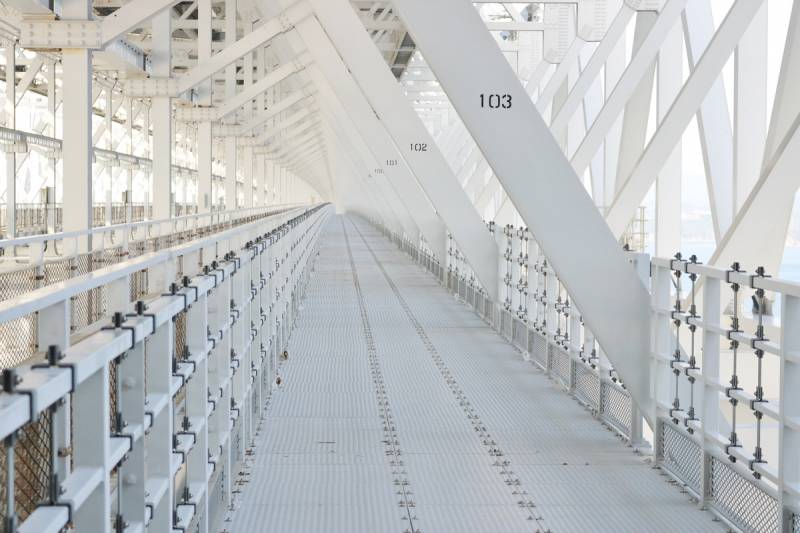
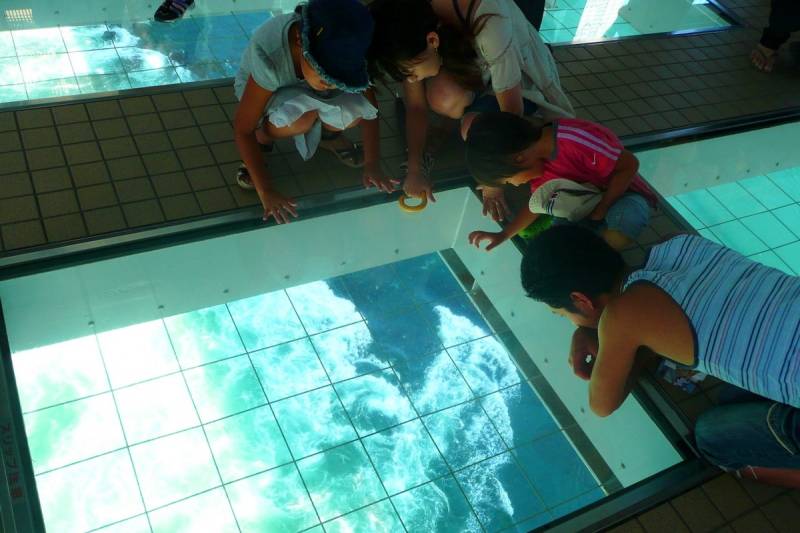

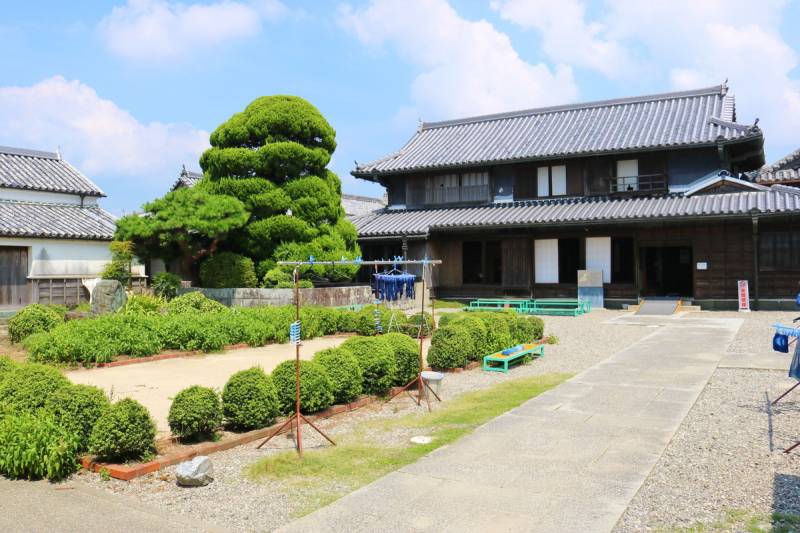

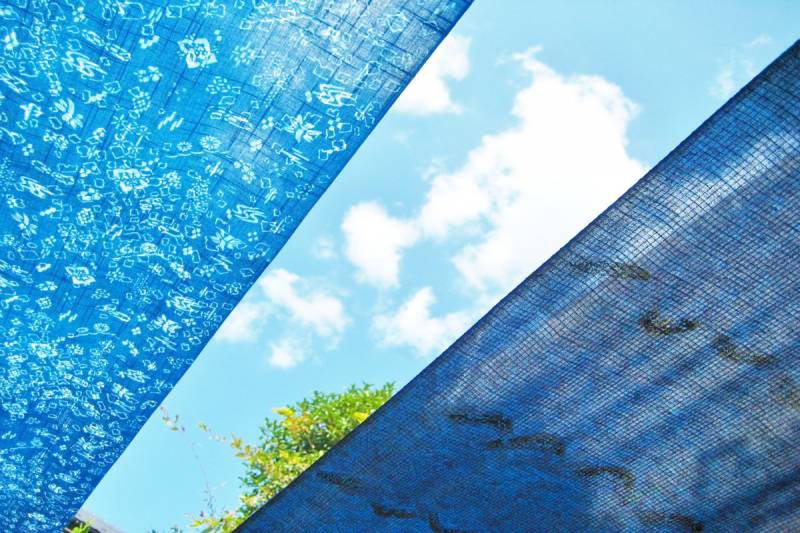
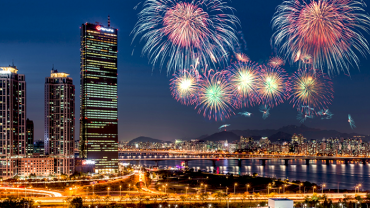
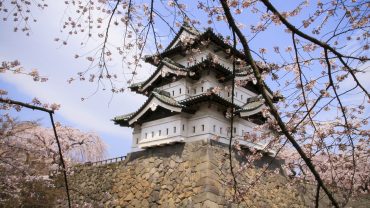
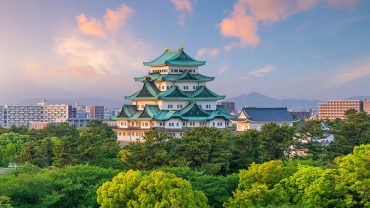
Comment (0)